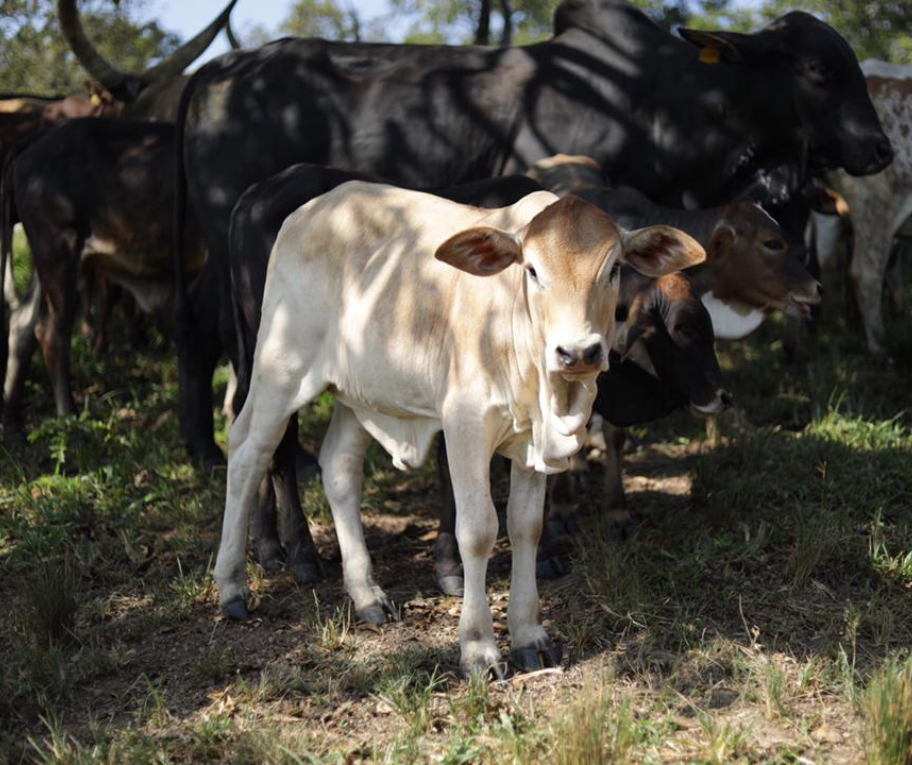
Calving is the most critical stage in the cattle lifecycle. When calves are born and how they are managed can determine profitability for the entire year. For large ranches like Kisombwa, aligning calving seasons with pasture availability is a strategic move that ensures healthy calves and productive mothers.
What is a Calving Season?
A calving season is the period when the majority of a herd’s calves are born. Well-managed ranches often aim for a tight calving window (60–90 days) rather than year-round calving.
Benefits of Defined Calving Seasons
- Nutritional Synchrony: Calves are born when pastures are most abundant.
- Efficient Management: Vaccinations, deworming, and weaning can be done in batches.
- Genetic Selection: Easy to evaluate calf performance against peers born in the same season.
- Market Advantage: Uniform weaners fetch better prices.
Factors to Consider
- Breeding Calendar: Align breeding so calving coincides with rainy seasons when grass is plentiful.
- Cow Body Condition: Cows must enter breeding season in good condition for higher conception rates.
- Labor and Infrastructure: Extra hands and facilities may be needed during peak calving.
Challenges in Uganda
In the cattle corridor, erratic rainfall sometimes complicates calving seasons. At Kisombwa, we mitigate this with hay reserves and supplemental feeding, ensuring mothers remain strong and calves thrive.
Best Practices
- Keep accurate breeding records.
- Monitor cows closely near calving for complications.
- Tag calves early for identification and record-keeping.
Conclusion
Calving seasons are the heartbeat of the ranching cycle. By timing births to match feed availability and labor capacity, Kisombwa Ranch ensures strong calf crops and steady herd growth year after year.


